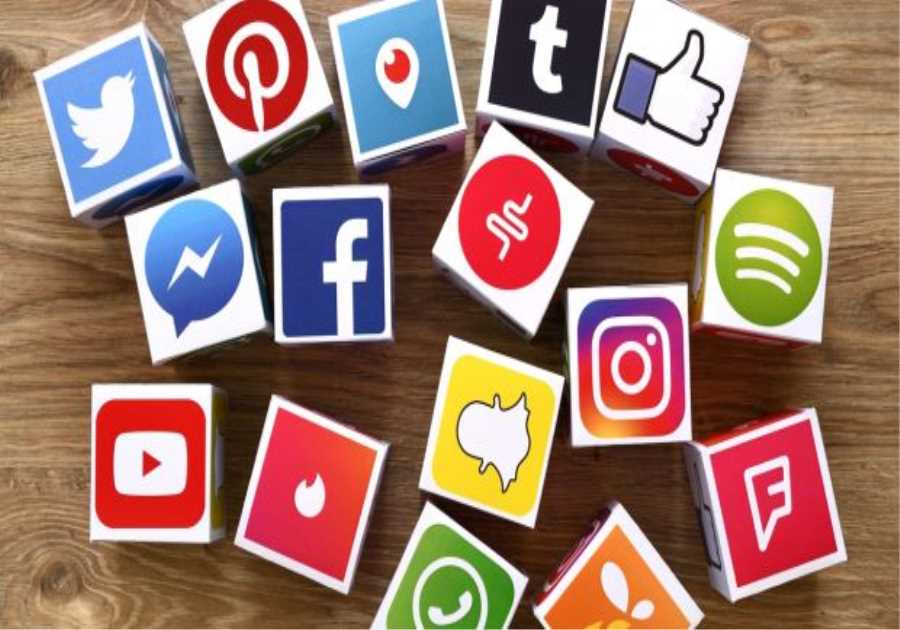
Social media has been arguably the biggest innovation of the 21st Century to date, and if not the biggest, certainly the most impactful. The rise of Facebook, Instagram and latterly TikTok has changed the way we communicate and interact with one another in both a social and business sense. Now, as social media is adapting to welcome the emergence of augmented reality technology, we’re getting our first glimpses into how marketing may change forever as a result.
(Image: eMarketer
As we can see from the data above, the number of US social network augmented reality users is expected to climb to over 48 million by 2022, with the rise of platforms like TikTok attributed as a driving force for such change.
The emergence of AR as a key trend in the future of social media holds significant potential for marketers looking for new ways to engage with users at a time when more traditional marketing techniques are struggling to adapt to a post-Covid-19 pandemic business landscape.
(Image: McKinsey
As the data above shows, the digitization of customer interactions has accelerated at a significant rate all around the world – forcing marketers to think faster about how they can adapt to these new web-based frontiers. With this in mind, let’s take a deeper look into the role that augmented reality will play in the future of social media marketing:
Galvanizing The Product Experience
There are countless platforms and apps that have been developed to replicate the virtual ‘try on’ experience for brands in augmented reality, but let’s look to Facebook’s work with AR as a prominent example.
Social media giants, Facebook, have been effective in their accommodation of augmented reality for multiple purposes. To help to encourage adoption, Facebook’s Messenger app incorporated some AR games like Asteroids Attack and Don’t Smile into its entertainment offerings. These games simply utilized a similar technology to the AR filters we’re used to seeing on platforms like Snapchat and Instagram to enable users to navigate a spaceship using their faces and mobile phone camera, and enter into staring competitions with friends.
The social media platform has also integrated 3D filters into its business offerings, meaning that it’s become much easier for brands to use the platform to create augmented content for their audience. This has enabled the social network to allow sellers to create a virtual product experience scenario, where products can be superimposed into reality using a smartphone or device camera in order for customers to see what they look like while trying on certain products.
One example of AR in action could be found in the handbag campaigns of Facebook, where customers could use their cameras to understand how big the bags actually were – helping them to make a more informed decision about making a purchase.
(Image: Website Design Kingston
Sunglasses giants Michael Kors have utilized Facebook’s AR capabilities to great effect, giving users the power to virtually try on various pairs of sunglasses without having to leave the house. This approach has been highly effective against the backdrop of Covid-19, where users were unable to shop in brick-and-mortar stores. The move also represents a more engaging evolution of online shopping – where Michael Kors can step away from traditional static shopping experiences for products like we can see in traditional stores here, to a fully immersive purchasing event that can be enjoyed.
R Filters to Upgrade PromotionAlthough AR face filters are nothing new, their impact among younger social media users show the potential of augmented reality marketing on social media. Social media platforms like Snapchat offer a range of augmented filters that users can apply to appear more like animals, or add crowns or other interactive elements to their faces. But these filters don’t have to just be reserved for fun and games.
(Image: YouTube
Businesses can utilize branded filters to great effect in promoting their brands on social media. For example, Taco Bell created a Snapchat filter that transforms the faces of users into tacos. To say this quirky campaign to celebrate Cinco de Mayo worked is something of an understatement. The filters amassed 224 million views in the space of a single day – all with the Taco Bell logo ever-present in the bottom corner of the screen.
This shows that businesses can do much more than just integrate virtual try ons in their AR campaigns. Engaging content can be leveraged in AR to great effect – even if its unique selling point is simply quirkiness.
The Future of More Comprehensive AR
The future of social AR may already be emerging in the form of a social media platform that digitally follows us wherever we go.
Octi is an app that generates a virtual belt of social media posts based on facial recognition of the person on the other side of your smartphone camera. When the app recognises who you’re interacting with in real life, their recent posts, statuses, and multimedia appear around them in their orbit as a means of helping social media users to react more effectively in person.
(Image: Mobile AR News
Although this technology may seem a little invasive at present, its implications for both consumers and businesses alike could be limitless as the wearables industry catches up.
Through the use of the next generation of smart glasses, it may be possible for digital content to virtually follow us around. The implications of this could be huge for businesses that are aiming to make traditional approaches to advertising more innovative.
In the future, similar technology could mean that AR glasses users may look to traditional billboard ads, wherein facial recognition technology could kick in to bring the billboard to life – or it could work in a similar way when a customer is passing a brick-and-mortar store.
Augmented reality may be one of the biggest marketing evolutionary steps since the early days of social media. Together, businesses can develop significantly more immersive campaigns for audiences that don’t rely on hard sells and that simply work by building trust in the brand.
In a post-pandemic world where much of marketing has already been pushed into a digital field, AR may help to recapture some of the traditional try on and interaction experiences that have so far seemed lost in an online world. The future’s certainly bright for social media marketing, and the development of augmented reality could take it to the next level.
The post Avenues for Augmentation: How AR Will Change Social Media Marketing Forever appeared first on Social Media Explorer.
Did you miss our previous article...
https://socialmediaamplification.com/social-media-analysis/how-safe-are-your-emails






